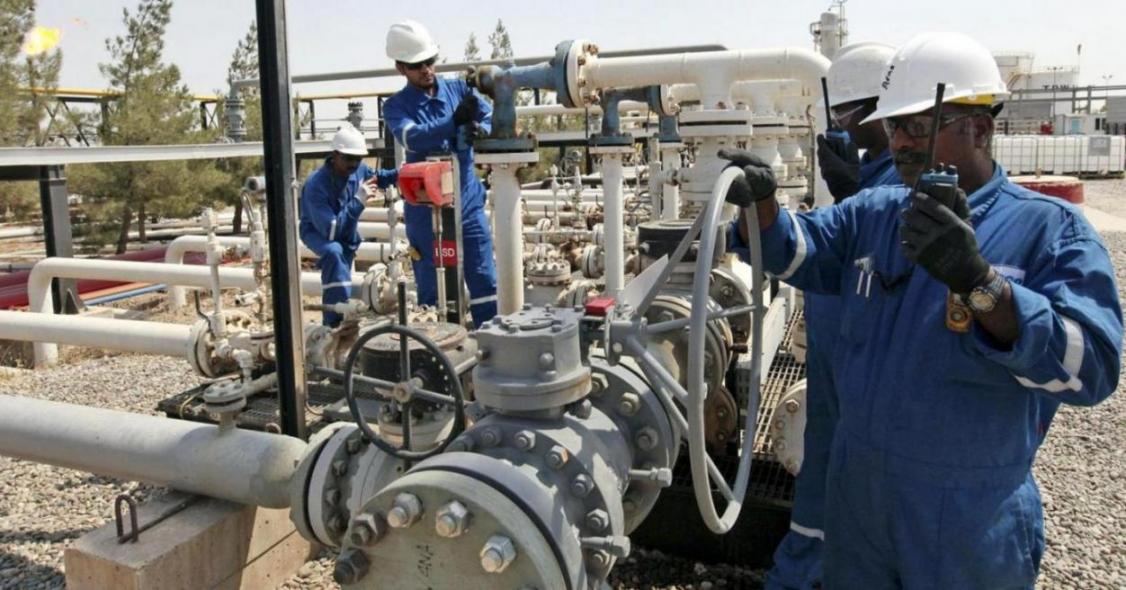A second oil price rout of 2015 has forced Arab OPEC members to cut their price expectations for this year, showing they are prepared to tolerate cheaper crude for longer to defend market share and curb rivals’ output.
OPEC delegates, including those from Persian Gulf countries, see economic troubles in top energy consumer China to have little impact on demand for crude, which will rise seasonally in the fourth quarter, Reuters reported.
But they also believe it will take more than just a few months for weak oil prices, which fell to a more than six-year low near $42 on Monday, to reduce supplies from higher-cost producers such as US shale and stimulate demand.
They expect the recent price drop will help reduce the crude oversupply toward the end of the year and thus lift oil prices slightly.
The comments further indicate that OPEC is sticking to its policy of defending market share rather than cutting production to shore up prices—regardless of how low they would fall and how long it would take to balance the market.
“It will be better to leave the market to correct itself. I don’t think this low price will continue,” said a Persian Gulf OPEC delegate who declined to be identified.
“Prices will be around $40-$50 a barrel until the end of the year and hopefully they will reach $60, assuming there will be a recovery in China.”
Arab OPEC delegates initially thought prices would recover more quickly after the group’s shift to the market-share strategy in 2014 deepened the decline, saying last December they saw oil between $70 and $80 by the end of 2015.
Other OPEC delegates outside the Persian Gulf are also bracing for a prolonged period of low prices as they do not expect the group’s top producer Saudi Arabia, the driving force behind OPEC’s refusal to cut output, to change course and prop up prices.
“If this oversupply continues with no action from OPEC or Saudi Arabia, then I expect prices will stay around $45 until the end of the year,” said an OPEC delegate.
OPEC’s own forecasts show the group initially overestimated the speed at which low prices would curb non-OPEC supply. This, plus record-high output from Saudi Arabia and Iraq, point to an oversupply of more than 2 million barrels per day.
A big uncertainty in 2016 is the extent to which Iran boosts production if and when sanctions are lifted. Iran’s insistence that it will take back more than 1 million bpd of market share has worried the Persian Gulf members.


